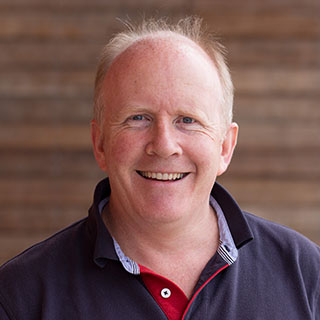The Web - the Absolute Basics
Note: I’ve no idea when I first wrote this - some time just after the turn of the millennium, I think - but I’ve kept it around for historical interest! We used to have to explain this to people…
Note: If you are reading this on the web, this page is probably not for you! These are the very first things that people need to understand to get started on the web. It’s a one-page summary that I’ve used to help friends and relatives who have never seen a web browser before.
1. To view web pages, you need a web browser.
This is a program which knows how to get web pages from other places on the internet and display them on your machine.
The most-used web browser is called Internet Explorer. Other popular ones are Netscape and Opera. How does a web browser know which page to display?
2. All web pages have an address.
The full address looks something like this: http://www.amazon.com/. These addresses are officially called URLs, for ‘Uniform Resource Locators’.
The ‘http://’ bit is so common that in most browsers you can leave it off. You can often get away without the ‘www.’ as well and just type ‘amazon.com’.
If you know the address of the page you want, you can type it into your browser, in the box marked something like ‘Address’, ‘URL’ or ‘Location’. If you can’t see this box, try selecting ‘Open’ from the ‘File’ menu. It does the same thing.
3. Web pages contain links to other web pages.
If you click on a link, it will take you to another page. Links are often shown as underlined words, but almost anything can be a link. In most browsers, when you move your mouse pointer over something which is a link it will change from the usual arrow to a little pointing hand.
4. You can go back to where you were.
Click the ‘Back’ button, repeatedly if necessary.
On some browsers, this button may just be shown as a left-pointing arrow.
5. You don’t have to wait for the whole page to load.
As soon as a link is visible on a page, you can follow it. You don’t need to wait for the page to load.
If a page is taking a long time to display, you can click the Stop button and try to load it again by pressing ‘Reload’.
You can always tell your browser to open a new window and carry on browsing other things while you’re waiting for the page to load.
6. If you don’t know the address of a page, you can search for it.
There are many ‘Search Engines’ available on the web. These are pages where you can type in, for example, ’the walrus and the carpenter’, and get a list of pages which refer to walruses, carpenters, and especially both. There are billions of pages on the web, and no search engine covers them all, so you may not find what you want, but there’s a pretty good chance. A more common problem is that you get back much too much and have to narrow it down.
Using search engines is an art. If you are looking for a web page about somebody named ‘John Brown’, you’d better enter some more clues or you’ll get millions of pages listed. Entering ‘John Brown Dearborn Michigan’ would be a better start. Look at the help pages associated with the search engine to get some clues on how to use it. A very good search engine can be found at www.google.com .
7. You can ‘Bookmark’ your favourite places.
Then you can come back to them later without having to type the address or follow the links you used to get to a particular page.
On some browsers, bookmarks are called ‘Favorites’. You can usually select an option from a menu called ‘Add to bookmarks’ or ‘Add to Favorites’ to save the address of the page you’re currently viewing.
That’s it! Go and play!
